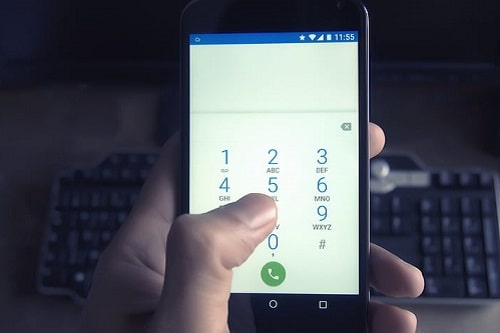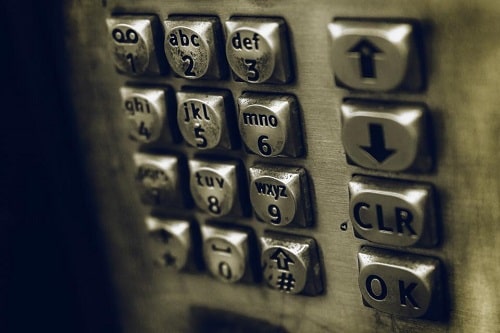It seemed to be a technology doomed to disappear due to the emergence of voice recognition, but far from it; it is still a frequent alternative. Even in certain contexts, keypad dialing is the preferred or even more advisable way to interact with card payment telephone services.
In this article we explain briefly what this technology consists of, why we still need to find it in virtual PBX or non-human telephone operator systems and some of the most frequent examples of use in telephone payment by credit or debit card.
In the beginning was DTMF
The analog technological basis underlying keypad dialing is called DTMF (dual-tone multy-frequency) already has a long history behind it: it was first introduced in 1948 for to allow the sending of pre-coded tones between telephone sets in the voice frequency band, both for military and civilian use; it is the reason why we have asterisks and pads on our telephones…
Conceptually, DTMF combines two tones, one high and one low, in 16 possible combinations; pressing a key emits that combination and the receiving device recognizes it and decodes the instruction. For example, the sender presses “9”, the device produces a multi-frequency dual tone and the receiver knows it is “9”.
This was true in the analog era; in the digital era where communication is done over VoIP, the technical means have changed (codecs, SIP, RTP, etc.). However, the principle remains the same: the user dials a number and the machine on the other end of the line (even if it is a virtual line) understands what is being requested.
The keys to successful keyboard marking
How is it possible that this technology, seemingly archaic compared to IVR or ASR, is still in full force? A little bit of weighing of our own experience will give us the answer: in some specific contexts, keypad dialing works better than speech recognition.

Who hasn’t heard that “excuse me, I didn’t understand you” from an automated switchboard service? Think for example of times when there is a lot of external noise, to the point that it prevents the non-human operator from understanding what we are saying, no matter how simple the message is.
In addition, we have to think that many people with communication disabilities, simple diction problems or a strong accent may find it difficult to interact with an automated speech recognition system. Not to mention all those situations in which it is not convenient to recite our personal or banking data in public…
Examples of use: menus, user codes and numerical bank data
We are going to present three cases in which we know from experience that keypad dialing is very well accepted by customers, to the point of being preferred, in many cases, to voice recognition:
- Navigation menus, when long and complex, are often a real labyrinth for users, and it is convenient for the company offering the service to facilitate choices by linking them to a number rather than a voice command.
- When the user of a service must enter an access code or password, the accuracy of keypad dialing and the ability to include asterisks, hashtags and other signs cannot be achieved by voice commands….
- Again for the sake of accuracy, but also for privacy, if the user must enter numeric personal data, especially if it is sensitive data (such as a credit card, bank account or ID card number), keypad dialing is best.
